on the mass social media exodus
Finding new ways to build connection and community during terrifying times
I’ve become something of a recluse online.
See, I used to be insanely active on Twitter back when it was Twitter. At my peak, I amassed a little less than 20,000 followers by shouting my thoughts into the void and getting into heated debates about media representation. (If you’re subscribed to this newsletter, you likely know me from there.) Then something…shifted.
I still don’t know what caused the shift. Perhaps it’s just the nature of getting older. Turning twenty-five rewired the synapses in my brain. Maybe it’s Elon Musk’s fault for driving the app into the ground and then, somehow, burrowing it even deeper. Maybe gatekeeping really is in. Regardless, my enjoyment re: sharing significant parts of my life online has faded.
A lot of people are feeling similarly right now. There are countless newsletters about social media burnout. Everyone is stepping away, or at least trying to.
The social media landscape feels less like a community and more like a living, breathing advertisement. Every post is a desperate ad, every picture a subliminal message. I don’t blame anyone for retreating. After all, I’ve done exactly the same thing.
What I worry about is isolation. Not just for myself, but for everyone.
Americans are entering a political state in which community will be more vital than ever. It is essential that we make connections, that we can trust each other, and that when we call for help our voices can be heard and answered. And yet we are losing some of our most easily accessible connections. Yes, social media is not what it used to be. But we must find new ways to foster community. Our survival depends on it.
Because of my day job (aka my unpaid internship) as a mental health counselor-in-training, I think a lot about resources—connecting people with resources, and being a resource myself. Online, most of the therapy-speak advice tells you to take time for yourself. To prioritize your needs and step away when necessary. And yet one of the best ways to bolster a person’s mental health is to find them an engaging support system: friends, family, colleagues. A community.
It is an interesting time to identify as conflicting things at once. I am both a student and a figure of authority for my patients. I am an author and an aspiring mental health professional. As a marginalized person myself, but one with access to information, knowledge, and connections that others may not have, I often find myself wondering: how do I lower the ladder down behind me?
I don’t miss social media. Within my retreat, I found myself feeling more creative than ever before. I was no longer scrolling timelines for hours upon hours. Those, instead, were hours I could spend reading, or writing, or refilling my creative well by watching new shows and movies and listening to music. I wasn’t angry at strangers anymore, I was peacefully and creatively fulfilled. I was more in conversation with other artists than I had ever been before, despite not saying a word. Primarily because I was—and I’m sorry to say it—actually going outside.
Is finding a local community as easy as scrolling on social media? No, of course not. But is it more rewarding? Well, I’d say yes. A thousand times yes.
So yes, unplug from your social media accounts. But try not to follow that action up by bed rotting in your apartment every weekend. Are there any volunteer groups or clubs aligned with your interests? If you’re reading this newsletter, you’re probably a writer or a reader. Are there local book clubs or writing meetups you could join? If not, could you start one? How about donating old books to your community? Are there writing workshops you could attend? Could you run one? How can you re-invest in the world around you?
I do not make these recommendations lightly. I understand how difficult it can be to decide to go out, to speak to strangers, to risk social rejection if things don’t go so well. But it is an important decision and one that feels, in 2025, incredibly timely.
Personally, I often think about the recommendations of many other artists before me. The expectation that, yes, you should be regularly making art of some kind. But you should also be sharing it. I guess what I’m trying to make peace with, now, is what sharing my art looks like when I’m less active on social media than I used to be.
I love this newsletter because it presents a happy medium: I’m able to share my thoughts as long as I put enough time and effort into crafting a newsletter worth reading. I’m thinking about other ways I can reconnect as well.
The process of writing and publishing a book is long, arduous, and often lonely. But I want to make sure I’m not completely retreating. Stepping back, perhaps, to reassess. To check in with myself and make sure I’m engaging in a way that feels authentic, not just in a way that feeds the algorithm’s insatiable demands.
So! I’ll be around, peeking my head into the social media space whenever I have something to say, or to share, or to reflect on. I’m going to keep sorting through what method of “online” works best for me, at the stage of life I’m at now, instead of trying to endlessly replicate what worked for me in 2017 when I was eighteen years old.
I’m also going to catalog how I engage with my local communities, and I ask that you do the same. Some questions: are you engaging in third spaces like cafes, bookstores, bars, and bowling alleys? Are there any local clubs or classes you could join? How about volunteer work? Do you live near any community gardens, libraries, or YMCAs? Are you keeping engaged with your local government? Where do your lost social media hours go? Do you spend those hours alone in your apartment, only tending to yourself? How can we tend to the gardens that are our local communities? How can we reach out to others, within our own capacity?
For some further thoughts on this topic, I suggest tinysey’s excellent video essay “The New Social Currency is…Being Offline?”. She also talks about how being offline may become a wealth/status symbol in the near future, which is very interesting!
As for reading, I think The Art of Gathering by Priya Parker is a great starting point for anyone interested in hosting offline events that spark joy. (And if you’re reading this newsletter, chances are you enjoy reading, so you can’t say you aren’t interested!)
In conclusion: good luck, log off, go make new friends, and re-engage with the social groups around you.
recommendations.
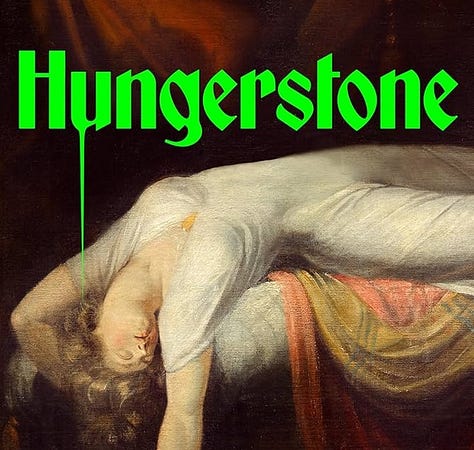
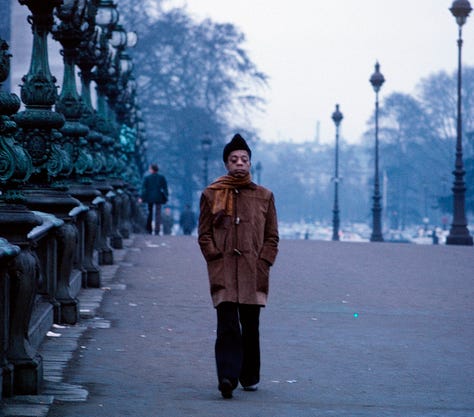

This is a recommendation from my TBR but I’m so unbelievably excited about it that I have to talk about it now. Hungerstone by Kat Dunn! Lesbian vampires! Carmilla retelling! Gothic fiction about female desire! Everyone’s been buzzing about this book and I cannot wait to get my hands on it.
Next: I finally watched Meeting the Man: James Baldwin in Paris (1970). I could write a lot about it. But I deeply recommend it. It’s not about Baldwin exploring his work, the way the (white European) filmmakers wanted. It’s about his existence in the world as a Black man. It makes me think about how we have narrowed down the narratives that Black authors are allowed to explore in their work. That we must write to the narrative white gatekeepers approve of us. It’s been true since the day I decided I wanted to be published when I was thirteen, and it’s still true now. You cannot force my voice to speak the words you want to hear. That’s not how it works. And I feel so inspired watching Baldwin push back on their narrative. Again, I highly recommend it.
Blank Street’s matcha daydream latte. I can’t believe I’m speaking positively, publicly, about Blank Street. But I’m obsessed, I’m sorry. I’ve been resisting Blank Street for a long, long time, but I’m fighting a caffeine addiction (thanks grad school!) so I’ve been on the hunt for replacement beverages to sip while I work. Blank Street caught me at a moment of weakness. Unfortunately, the matcha tastes very good. (Also, I mean, if you really think about it, I’m actually the victim here. My taste buds have taken me hostage.)
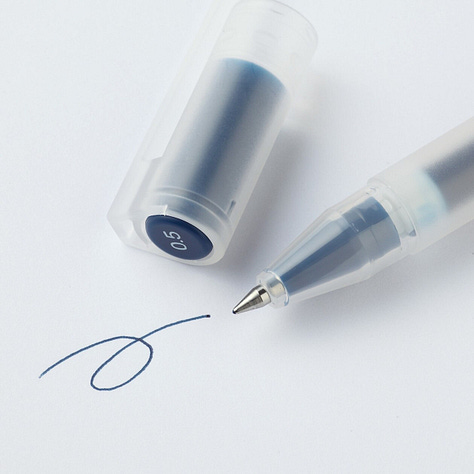
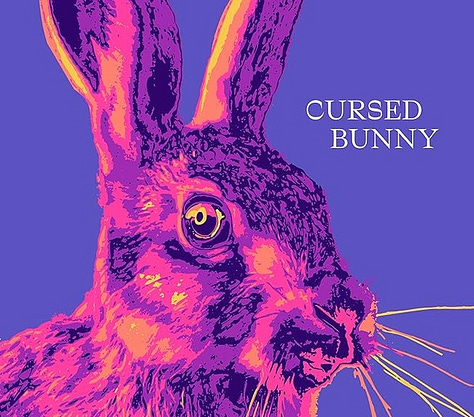
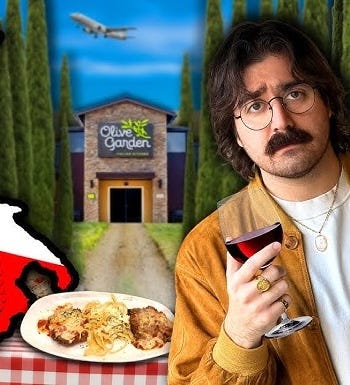
MUJI pens, as per usual. I’ve talked about them before but they’re genuinely the only pens I’ve been using these days. They sell multiple colors and refills and they write like a dream. There’s nothing not to like. I use the size 0.38 because I have former Catholic schoolgirl illegible cursive handwriting which means I need a finer tip, but they offer a variety of colors and sizes! I mostly use my black, green, and red pens, respectively.
Next: Cursed Bunny by Bora Chung, translated by Anton Hurr. I read it back in January and I’m still thinking about it. I love reading backlist titles. I plan to pick up her more recent collection, Your Utopia, soon (it’s also translated by Anton Hurr!).
I watch a lot of YouTube videos. Like, a concerning amount. Anyway, my favorite video I’ve seen recently is Eddy Burback’s Olive Garden v. Italy, as in, “Can Olive Garden compete with the nation of Italy?” I thought it was silly and heartwarming and good. I love Eddy’s ability to make very simple things feel profound.
where to find me.
Website: ashiamonet.com
X/Twitter: @ashiamonet
Tiktok and Instagram: @ashiawrites


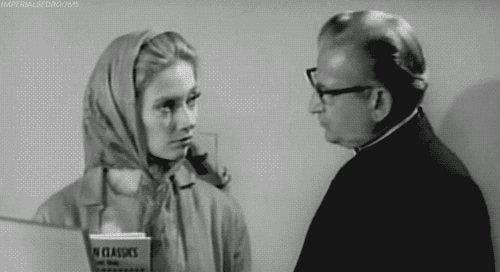



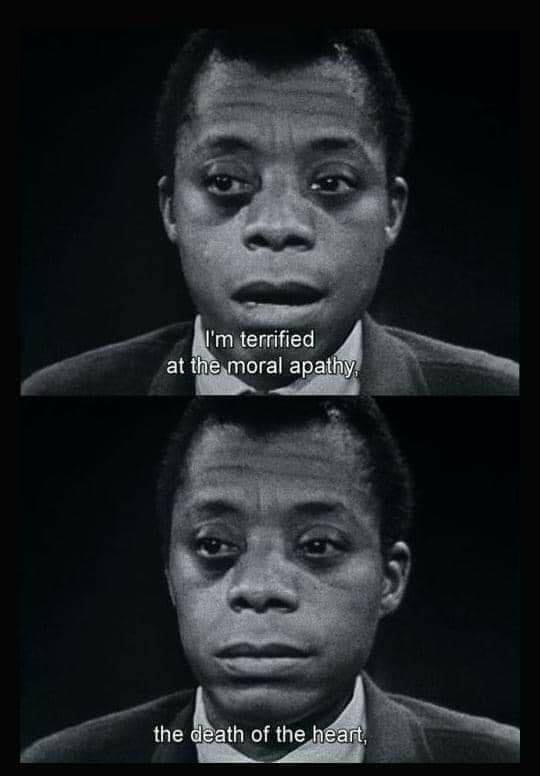
Reworking relationships with social media is complex, and i appreciate your take on this! Also if that's the same YT guy I'm thinking of then I adored his video visiting every Rainforest cafe in the states.